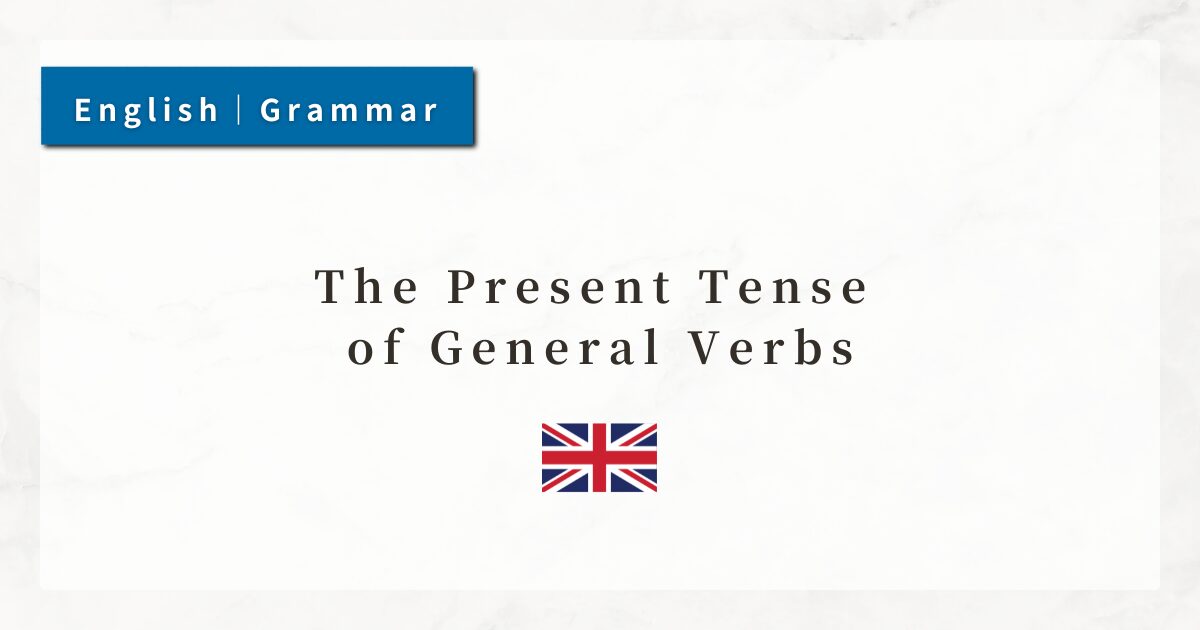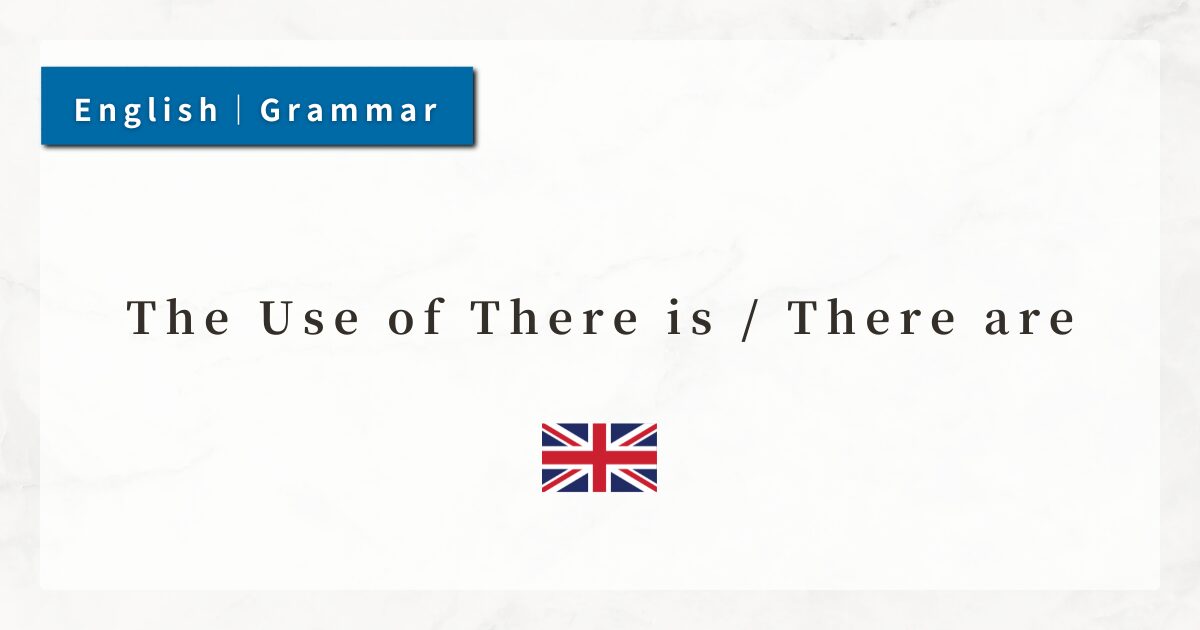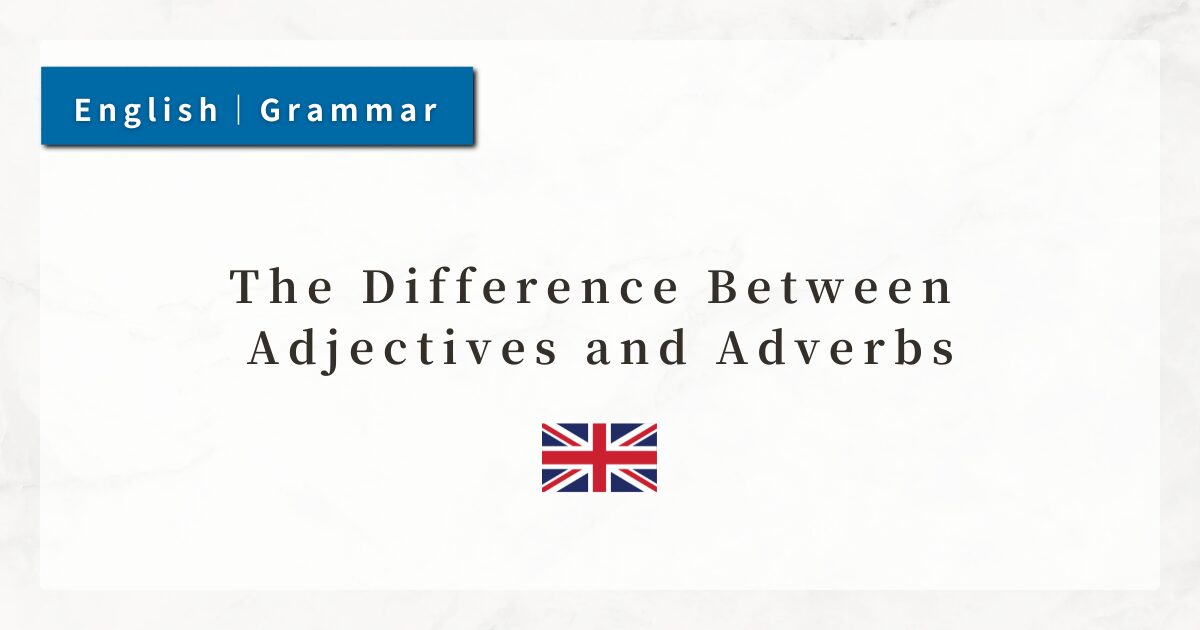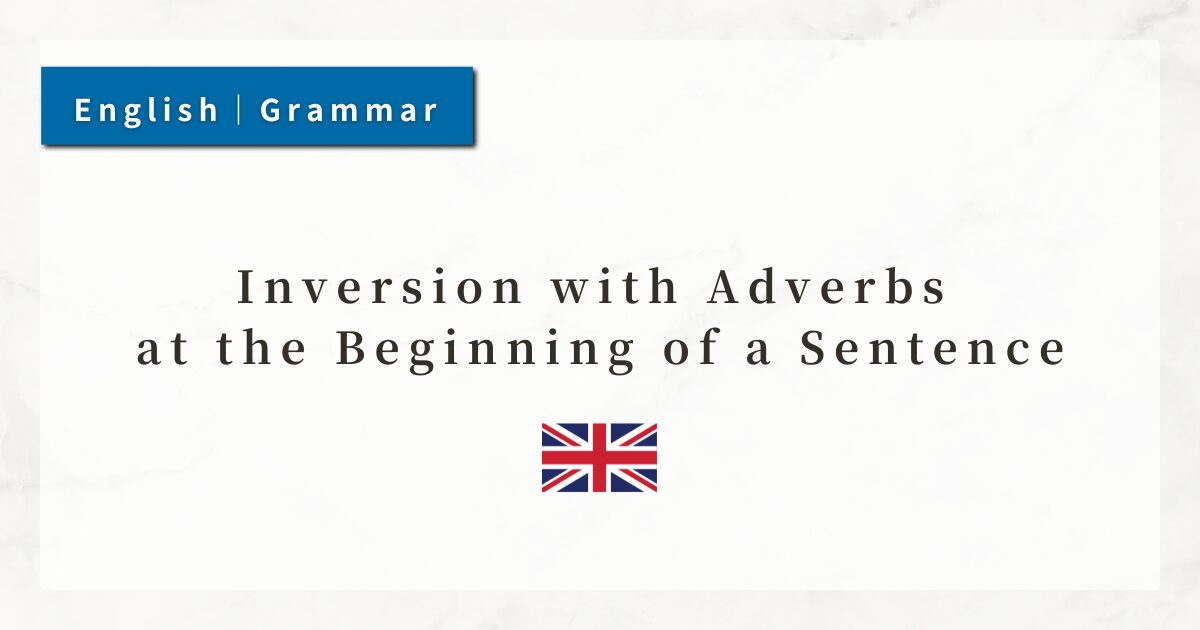#33 The Present Perfect Tense|Basic Usage of “have/has + Past Participle”
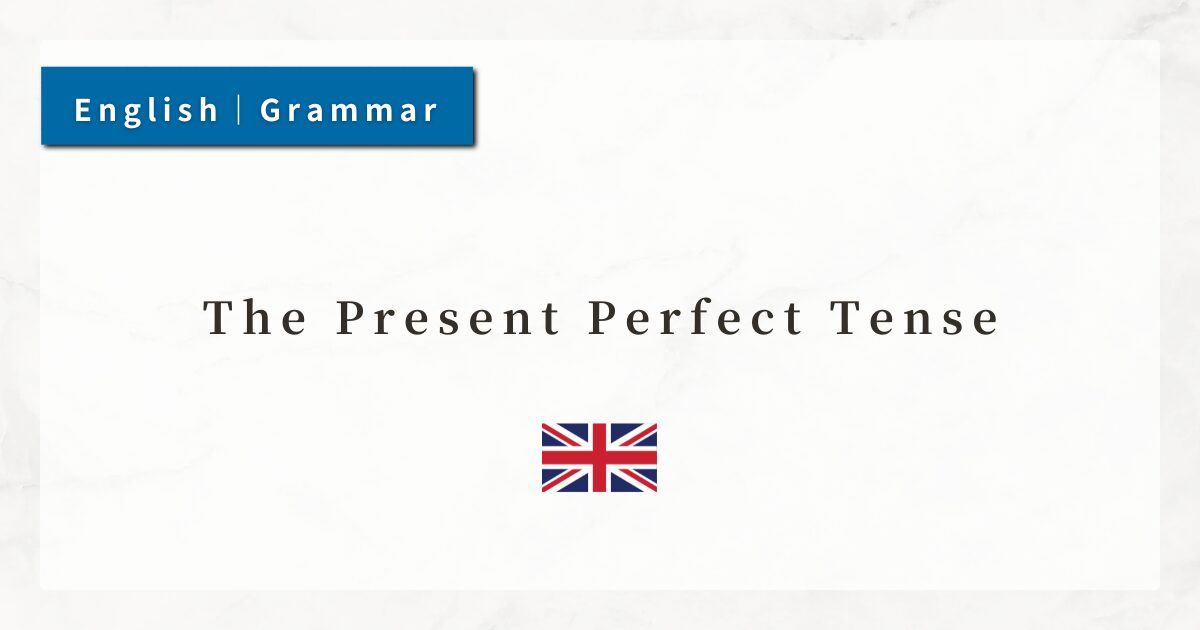
The present perfect tense is particularly important for learners of English. At the same time, it can be difficult because it represents a concept that does not exist in Japanese.
The form itself is simple: “have / has + past participle.” However, it is essential to recognize that this tense connects both the past and the present at the same time.
Here, I will explain the basic rules of the present perfect tense and its three representative uses: experience, completion/result, and continuation, with concrete examples.
1. The Form of the Present Perfect
The present perfect tense is formed as “have / has + past participle.” Whether I use have or has depends on the subject.
| Subject | Present Perfect Form |
|---|---|
| I / You / We / They | have + past participle |
| He / She / It | has + past participle |
Regular verbs use the -ed form (worked, played), while irregular verbs use unique forms (gone, seen, eaten).
- I have visited London.
- She has finished her homework.
In the present perfect tense, have/has acts as an auxiliary verb, so what follows must always be the past participle, not the base form of the verb.
2. The Three Main Uses of the Present Perfect
The present perfect tense is used in three primary ways: experience, completion/result, and continuation.
2-1. Experience: “have done”
This use expresses something I have experienced at some point in the past, in connection with the present.
- I have visited Paris twice.
The exact time is not important; what matters is the fact of having the experience.
In questions, “Have you ever ~?” is commonly used:
- Have you ever eaten sushi?
Possible answers:
- Yes, I have.
- No, I haven’t.
Typical adverbs used with this meaning include ever and never.
2-2. Completion/Result: “have already done / have just done”
This use expresses an action that has already been completed in the past and whose result affects the present.
- I have just finished lunch.
- She has lost her wallet.
In the second example, the sentence conveys not only the past event (losing the wallet) but also the present result (she still does not have it).
2-3. Continuation: “have been doing / have done since …”
This use expresses something that started in the past and continues up to the present.
- I have lived in Tokyo for five years.
- He has studied English since 2020.
Key expressions:
- for + period:for three days, for five years
- since + point in time:since yesterday, since 2020
These are frequently used with the “continuation” meaning.
3. These are frequently used with the “continuation” meaning.
One of the most common difficulties for learners is distinguishing between the present perfect and the simple past.
Past Tense
Past Tense: Refers to an event that happened at a specific point in the past.
- I visited London last year.
The action is completed and separated from the present.
Present Perfect
Present Perfect: Links a past action or experience to the present.
- I have visited London.
The exact time is not important; the focus is on the present relevance of the past event.
4. Summary
- The present perfect tense is formed with “have / has + past participle.”
- It has three primary uses:
1. Experience: I have visited Paris.
2. Completion/Result: I have just finished.
3. Continuation: I have lived here for five years. - The past tense refers to a specific past event, while the present perfect connects the past with the present.

